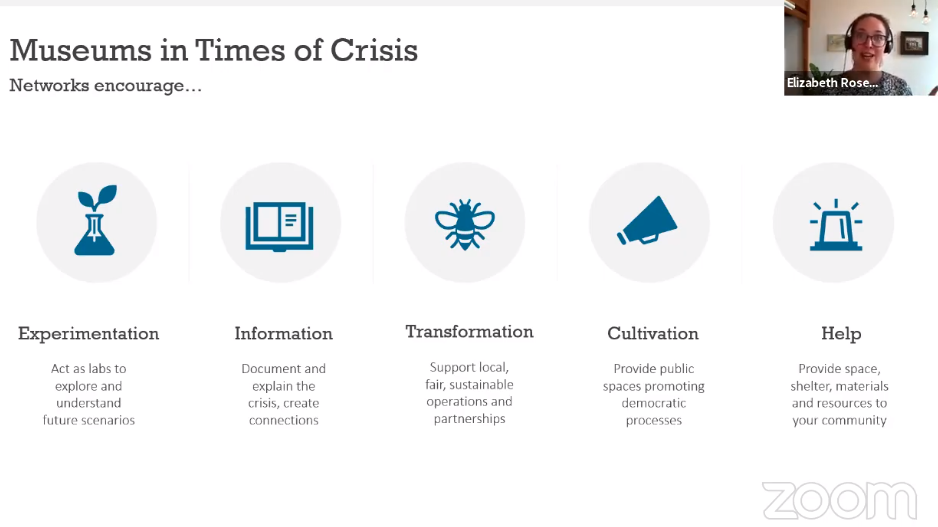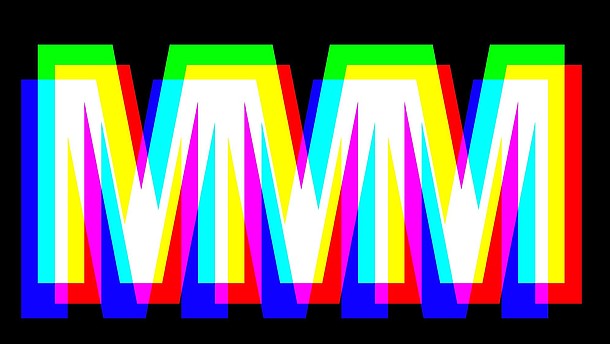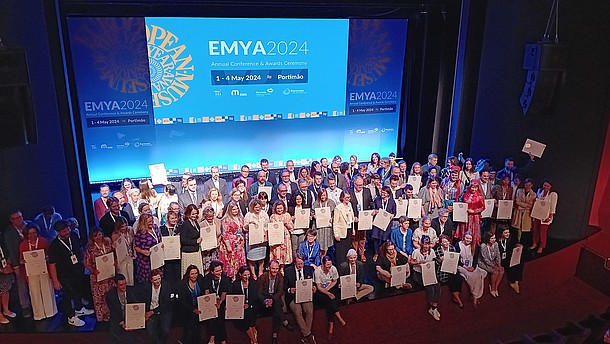The conference took place at the Klimahas Bremerhaven in Germany, but NEMO’s sustainability specialist Elizabeth Rosenberg joined via video link to deliver the presentation Museum Networks in times of Crisis. She described the parallels between COVID19 pandemic and the climate crisis. Not only because the pandemic was likely a result of ecological degradation, also as this can be, unfortunately, seen as a taste of what awaits in what has been called “volatile, uncertain, ambiguous” times. Both crises result in: Museums closing, losing funds and visitors, and having to reallocate what funds are still available. It is understood that future crises will likely apply much more pressure to museums and cultural institutions.
Elizabeth also discussed how to think systematically about climate change and sustainability. In short, thinking systemically about climate change and sustainability should reveal some uncomfortable connections with ourselves, our sector, our regions, and the crisis that we are here to discuss. The first step is to break down these complex connections, both internally, and for purpose of discussion with wider audiences. Museums are not only trusted institutions, but they are great story tellers, whom have the capacity to refine that complexity into digestible forms and make connections between problems as well as solutions that are not always immediately apparent.
To promote empowerment for climate action, there are small and large steps to be taken by museums and their networks in order to impact the crisis both practically and in discourse. A network incorporates, facilitates and advocates for both levels of change. Small changes are easy to incorporate into communication, trainings, and campaigns, while cooperation between institutions in order to reflect and share best practice relies on the facilitation of a network. Lastly, networks must actively advocate for the larger, cross-regional, cross-sectoral changes which are necessary to affect the systemic failures through which all our smaller actions should also be considered. A great example of this is NEMO’s recent survey on the consequences and response to the COVID19 pandemic and closure of museums across Europe.
Culture may be part of the problem, but it is also a necessary part of the solution if we are willing to do the work. For in uncertain times it brings us together and this is what we can identify ourselves with. This is particularly important – since culture is still and mostly seen as the nice add-on that you can enjoy after you have saved the world. But it’s actually a means to saving the world. We must use new metrics of success, away from visitor numbers to a broader assessment framework, that includes the digital extensions, that accommodates qualitative factors in the framework, that reflect museums’ social and educational and communal potential. We must not fail to meet this moment, where so much of what moves the world, so much of what is creating change around us is risky, messy, and above all else, collaborative and led by youth. We have spoken a lot about ceasing authority and co-creation that has to happen in museum work to open up to and engage with the community. This is happening structurally as well as on a digital level and museums have to embrace that. We must be bold and unafraid in our response and anticipation of the needs of our communities. Museums have opened their doors to protestors and evacuees from natural disasters. They have donated PPE during the pandemic. But they can go further. And while some actions may initially sound out of reach, communicating “how it has been done” is one of the roles that networks play in helping museums and cultural institutions learn “how to.”





